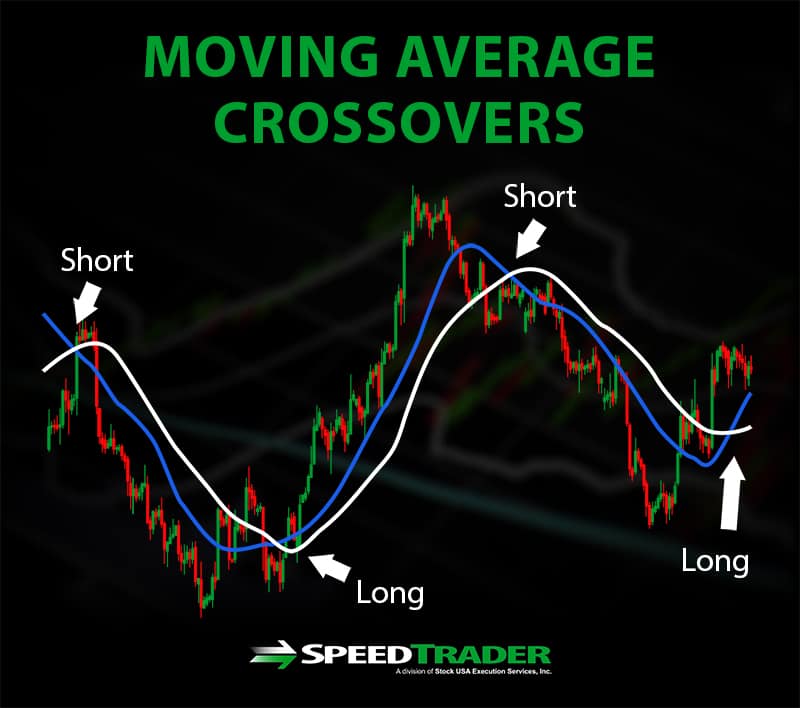

Kennedy, Kennedy met Neil Armstrong, and Armstrong met the Fantastic Four.
CROSSOVER DEFINITION MOVIES SERIES
Readers may also object when a story or series is integrated into a shared universe, feeling it "requir one hero's fans to buy other heroes' titles". One such tool is retconning, short for "retroactive continuity", which resolves errors in continuity that came about through previously-written conflicting material. Some writers, in an effort to ensure that a canon can be established and to keep details of the setting believable, employ tools to correct contradictions and errors that result from multiple contributors working over a long period of time. A fanon may instead find some degree of consensus within the setting's fandom. Not all shared universes have a controlling entity capable of or interested in determining canonicity, and not all fans agree with these determinations when they occur. The version deemed "official" by the author or company controlling the setting is known as canon. It can become difficult for writers contributing to a shared universe to maintain consistency and avoid contradicting details in earlier works, especially when a shared universe grows to be very large. While crossovers occur in a shared universe, not all crossovers are intended to merge their settings' back-stories and are instead used for marketing, parody, or to explore "what-if" scenarios, often being one-offs. More substantial interaction between characters from different sources is often marketed as a crossover. Incidental appearances, such as that of d'Artagnan in Cyrano de Bergerac, are considered literary cameo appearances. Definitions įiction in some media, such as most television programs and many comic book titles, is understood by viewers or readers to require the contribution of multiple authors and does not by itself create a shared universe and is considered a collaborative art form. The term has also been used in a wider, non-literary sense to convey interdisciplinary or social commonality, often in the context of a "shared universe of discourse". A specific kind of shared universe that is published across a variety of media (such as novels and films), each of them contributing to the growth, history, and status of the setting is called an "imaginary entertainment environment." The term shared universe is also used within comics to reflect the overall milieu created by the comic book publisher in which characters, events, and premises from one product line appear in other product lines in a media franchise. It differs from collaborative writing in which multiple artists are working together on the same work and from crossovers where the works and characters are independent except for a single meeting. It is common in genres like science fiction.

For the shared universe centered on superhero media based on characters from Marvel Comics, see Marvel Cinematic Universe.Ī shared universe or shared world is a fictional universe from a set of creative works where more than one writer (or other artist) independently contributes a work that can stand alone but fits into the joint development of the storyline, characters, or world of the overall project.


 0 kommentar(er)
0 kommentar(er)
